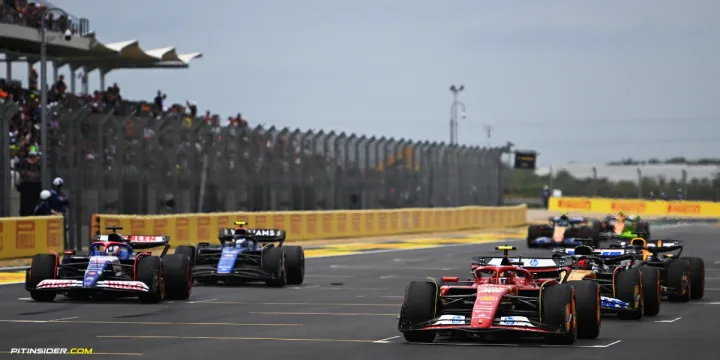FIA greenlights mule car testing for F1 2026
FIA approves mule car testing for 2026 F1 regulations, granting teams 10 test days. Teams face challenges in simulating smaller, lighter cars with active aero and new power units, balancing dimensional accuracy with aerodynamic relevance.

The FIA World Motor Sport Council has approved a significant update to Formula 1's Sporting Regulations, paving the way for teams to conduct mule car testing in anticipation of the 2026 technical regulation overhaul.
This move introduces a new dimension to the sport's preparation for its next era, presenting both opportunities and challenges for the teams.
Understanding mule cars
In the world of Formula 1, a mule car serves as a test bed for future regulations.
These adapted chassis allow teams to simulate upcoming changes, providing valuable data ahead of major technical shifts.

While not an exact replica of future machinery, mule cars offer engineers crucial insights into the demands of new regulations.
The concept isn't new to F1, with mule cars playing a pivotal role in preparations for both the 2017 and 2022 regulation changes.
In 2017, teams focused on aerodynamic enhancements to generate greater downforce, while the 2022 preparations centered around Pirelli's development of 18-inch wheels.
Regulatory framework
The newly approved Article 10.10 of the Sporting Regulations outlines the parameters for mule car testing. Key provisions include:
- A maximum of 10 test days between January 1 and December 31, 2024
- Minimal modifications allowed, solely for testing development tyres or FIA-specified components
- Mandatory use of the FIA ECU
- Driver eligibility restricted to those with Full Super Licences and Formula 1 race experience

These regulations aim to strike a balance between allowing teams to prepare for 2026 while preventing any unfair advantages in current competition.
Challenges facing F1 teams
The 2026 regulations present a unique set of challenges for mule car development.
Unlike previous iterations where teams added elements to increase size and weight, the upcoming changes call for smaller, lighter vehicles.
This reversal in approach complicates the modification process.
Moreover, the introduction of complex active aerodynamics in 2026 poses a significant hurdle. As one engineer noted,
"Replicating the active aero systems on a mule car is near-impossible. We're essentially trying to simulate technology that doesn't yet exist in its final form."
The revised power unit regulations further complicate matters.
Teams must now consider how to approximate the performance characteristics of engines that are still in development.

Teams face a critical choice in selecting their base chassis for mule car development.
They can opt for pre-2022 models, which align more closely with the smaller dimensions specified for 2026.
However, these cars rely heavily on top-surface aerodynamics, potentially limiting the relevance of collected data.
Alternatively, teams could modify current-generation cars, benefiting from their ground-effect philosophy but struggling with size reduction.





Comments ()